Discrimination Dave
Hero Member
- Sep 18, 2008
- 708
- 336
- Primary Interest:
- Other
I found this small heavy button at the park yesterday.
Brogan said it could be military.
Any takes?
pre cleaned and cleaned pics included.
The little rascal is a half inch in diameter.
d.
Brogan said it could be military.
Any takes?
pre cleaned and cleaned pics included.
The little rascal is a half inch in diameter.
d.
Attachments
-
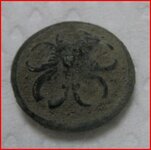 button 1.JPG17.9 KB · Views: 517
button 1.JPG17.9 KB · Views: 517 -
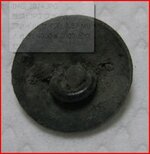 button 1 back.JPG18.6 KB · Views: 514
button 1 back.JPG18.6 KB · Views: 514 -
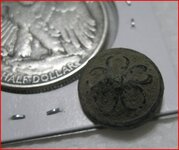 button with half dollar.JPG32.3 KB · Views: 425
button with half dollar.JPG32.3 KB · Views: 425 -
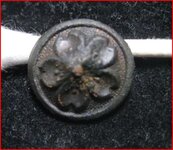 cleaned.JPG35.2 KB · Views: 450
cleaned.JPG35.2 KB · Views: 450 -
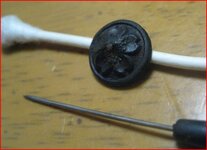 cleaned 2.JPG36.3 KB · Views: 427
cleaned 2.JPG36.3 KB · Views: 427 -
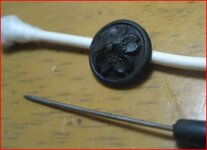 cleaned 2.JPG36.3 KB · Views: 378
cleaned 2.JPG36.3 KB · Views: 378 -
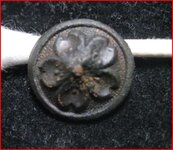 cleaned.JPG35.2 KB · Views: 400
cleaned.JPG35.2 KB · Views: 400 -
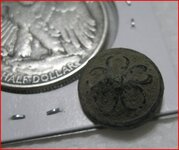 button with half dollar.JPG32.3 KB · Views: 408
button with half dollar.JPG32.3 KB · Views: 408 -
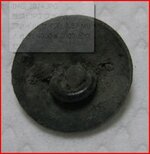 button 1 back.JPG18.6 KB · Views: 512
button 1 back.JPG18.6 KB · Views: 512 -
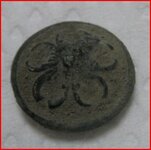 button 1.JPG17.9 KB · Views: 513
button 1.JPG17.9 KB · Views: 513







 Patina also sells.
Patina also sells. 

